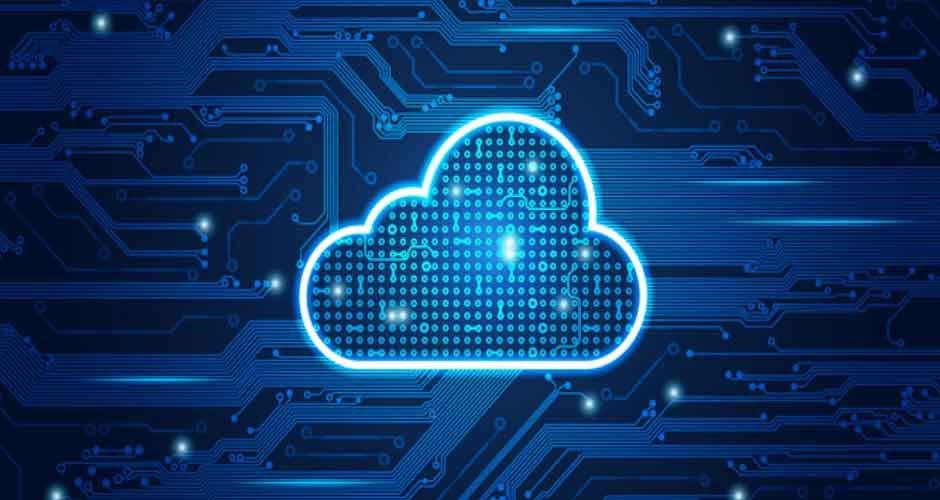Since its origin, information technology (IT) has advanced significantly, moving from enormous mainframes to the ethereal world of cloud computing. This journey through the IT era is evidence of human creativity and the never-ending quest for innovation. By the end, you will look at the significant turning points and game-changing innovations that have changed the IT landscape. From the bulky mainframes of the past to the efficient cloud computing systems of today
What are mainframes and why they are used
Mainframes are high-performance, centralized computing systems invented for robust and demanding workloads. Unlike personal computers or servers, which suit a more specific or decentralized purpose, mainframes are engineered to control massive amounts of data processing and transactional work. Mainframes are recognized for their outstanding reliability and fault tolerance. They are built with redundancy in mind, featuring multiple components that can seamlessly take over if one fails. This reliability is compulsory for applications that must run 24/7 without interruption, such as financial transactions or airline reservations.
Mainframes have a rich history back in the mid-20th century when they appeared as the primary computing platforms for large organizations and government agencies. Mainframes were the spine of business operations, addressing tasks such as payroll processing, inventory management, and order tracking for large enterprises. Government agencies relied on mainframes to manage vital functions, including tax collection, social services, and census data processing.
Mainframes are extremely powerful, with the capability to process large volumes of data at high speeds. This makes them perfect for tasks like data analytics, scientific simulations, and running intricate business applications. Mainframes are proficient in data security. They propose advanced encryption, authentication, and access control features to safeguard sensitive information. This makes them an excellent choice for industries where data security and compliance are compulsory, such as finance and healthcare.
Mainframes are the backbone of the financial industry, handling high-volume transaction processing, stock trading, and banking operations. They deliver the reliability and security mandated for critical financial systems. Mainframes also support e-commerce websites by processing transactions, managing inventory, and securing smooth online shopping experiences during peak traffic. Airlines depend on mainframes for managing reservations, ticketing, and flight operations. The reliability of mainframes is compulsory for sidestepping disruptions in the travel industry.
What is cloud computing and why it is used
The distribution of computing services via the Internet is known as cloud computing. Users can access computational power, storage, and software applications through remote servers hosted in data centers. Cloud computing substitutes the need for a local server or personal computer. Users can adjust their usage up or down as necessary because these services are presented on a pay-as-you-go basis, generally through subscription models. Key components of cloud computing include public cloud, private cloud, and hybrid cloud.
Cloud computing authorizes users to scale their computing resources up or down as needed. This flexibility is priceless for businesses with fluctuating workloads. They can manage increased demand during peak periods and scale back during quieter times. This feature sidesteps the requirement for costly hardware investments. Not only this but with cloud computing, there is no need for upfront investments in hardware and infrastructure. Users pay only for the resources they consume, diminishing capital expenditure.
Furthermore, cloud services are accessible from anywhere with an internet connection. This encourages remote work and collaboration, a trend that has become increasingly necessary in the modern workplace. Cloud providers continually update and expand their services, authorizing users to utilize the latest technologies without the hassle of constant hardware upgrades. This allows businesses to stay competitive and take advantage of materializing trends like artificial intelligence and machine learning. Many organizations use cloud computing for data storage, backup, and disaster recovery. Services like Netflix and Spotify heavily depend on the cloud to deliver content to millions of users simultaneously.
How to choose between mainframes and cloud computing
If your organization deals with massive transaction processing, financial operations, or large-scale scientific simulations, mainframes may be the right choice. Cloud computing is a perfect choice for businesses with fluctuating workloads or those pursuing to use of modern, web-based applications. Mainframes are an upfront investment, both in terms of hardware and specialized skills. However, cloud services follow a pay-as-you-go model. Operating and maintaining mainframes requires specialized skills, and cloud services are more accessible and user-friendly, demanding less specialized expertise as compared to mainframes.
Some organizations go for hybrid approaches, merging mainframes and cloud computing to leverage the strengths of both. However, the choice between mainframes and cloud computing should match with your organization’s specific needs, goals, and constraints. A comprehensive review of your workloads, budget, security requirements, and growth plans will aid you in making an informed decision that best suits your IT strategy. If you still don’t want to go for these options then hire Chicago managed IT support services.






